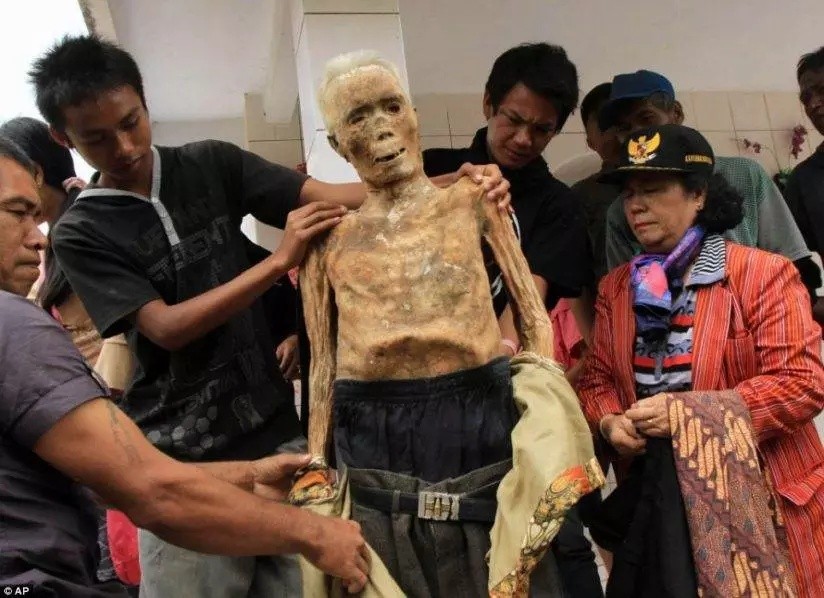Madagascar, also known as the “eighth continent”, boasts of rainforests, beaches, historic burial grounds and plants that are found nowhere else in the world.
Named after the island in the same place, the country located in East Africa is home to the fourth largest island in the world.
Since the arrival of humans on the island in 350 BC, the island has witnessed the stages of civilisation and different cultures.
One of these is the 17th-century burial rite known as Famadihana which literally translates to “turning of the bones”.
Famadihana involves the digging up a corpse to dance with it. The burial rite is done every seven years by the family of the dead.

The celebration kicks off with music trumpets and chants of joy. While this is being done, digging commences. An elder, preferably one from the family, takes up the duty of invoking the dead body to join the living. This act is important: it is the only chance of the dead to revisit the world and relive his activities which they sometimes invoke through black magic
The body is cleaned and wrapped in expensive clothing like silk before they are raised high by relatives to dance around with it. Women who are not able to give birth cut a patch of the cloth and place under their bed with hopes of blessings.
Relatives also avail the opportunity to tell the dead the happenings they have had since their departure. Natives claim that the dead respond in acknowledgement.
After this is done, the bodies are turned upside-down as a seal of their journey to the spirit. It is only after this is done that the body can finally go to its resting place.
Discover more from TOKTOK9JA MEDIA
Subscribe to get the latest posts sent to your email.



























Thanks for shgianr. Always good to find a real expert.